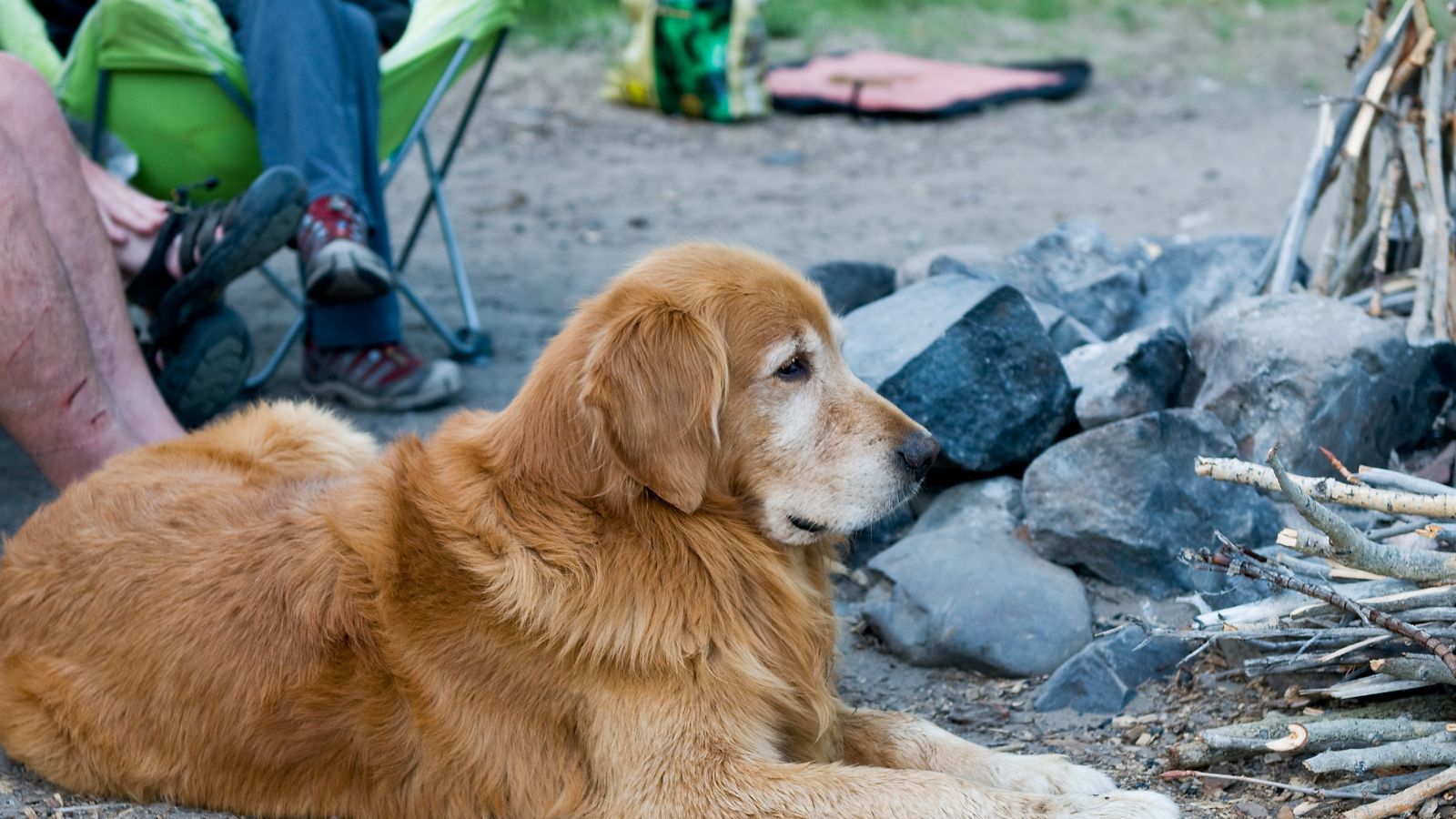A significant factor for many dog owners is answering the question, “What am I going to do with my dog while I’m away?” Choosing to travel and vacation via an RV has been the solution for many. According to surveys, 68-80% of RVers travel with pets, with dogs being the most popular choice.
The pandemic also shifted who is going camping. The recently released KOA Camping Report (2022) reveals that there are more people under the age of 40 embarking on camping trips, including those by RV. Many young adults and those with young families enjoy the comfort and flexibility an RV provides everyone, including the dog.
Travel Safety
The best way for your dog to travel is in a crate. Crates aren’t a way to “punish” a dog. In fact, dogs who are crate trained and have been so since their early days, tend to prefer their crate as an escape. Think of it as “their room.” A crate also helps keep the dog contained during travel, so that the driver can concentrate on driving rather than the distraction of a dog moving about. Alternatively, canine-designed seatbelts can provide security during travel, whether that’s in a tow vehicle or in an RV. In the event of an accident, these options can better ensure your dog survives with few or less severe injuries. If your dog doesn’t like to travel very much or seems to be anxious in a moving vehicle, it may be best to leave him or her behind; otherwise, train your dog leading up your camping expedition.
Trail Safety
On the trail, you need to pack for your dog just as you do for every member in your hiking party. You’ll need a portable bowl, fresh water to drink, and a first-aid kit for dogs. You might choose to have your dog carry his or her own pack. Booties can help protect your dog’s paws from rough and tough terrain. Choose to go on trails early in the day or later in the afternoon, when it’s not so hot – if you’re camping in the summer months. This isn’t just for your dog, it’s for everybody’s comfort. As wonderful as nature is, there are various hazards to be aware of, including wildlife, weather, water, and plants. Avoiding or knowing what to do if your dog encounters these situations is important for your dog’s health and, in some cases, survival.
Water Safety
Most dogs like to at least romp in the water, while others seem to have been born to swim. In either event, there are things to you can do to ensure your dog is safe at the beach and while in the water. First, you should only take your dog to beaches and shorelines that are known to be dog friendly. Some spots have a specified dog beach where dogs can be let off the leash to roam freely, while others have leashing requirements. It’s your responsibility to know this ahead of your visit. In addition, you should be aware of the duration of your dog’s physical activity, make sure he’s drinking enough fresh water, and know how to handle pet CPR if the need arises. After a swim, rinse down your dog if you can, but at least dry him very well to avoid skin problems and bacterial infections. For more tips, read this article.
Campsite Safety
When it comes to arrivals and departures from the campsite, ensure that your dog is in a safe location prior to moving any vehicles or RVs. This could be in a crate, within the confines of a portable fence, held on a leash by someone in your party, or attached to a tie-out cable (a retractable version can be a nice option for travelers). Likewise, your dog should be contained anytime it’s allowed outside; roaming animals could get lost or injured. When there is outdoor cooking or just a general campfire going on at the campsite, your dog should be kept safely away from open flames and hot areas. Keep your dog from eating garbage, animal droppings, or animal remains.

